Need vs Want – A Photography Gear Guide
For most of us, new gear is exciting. There’s nothing quite like getting a new lens, or upgrading a piece of gear.
Unfortunately though, it can be easy for an appreciation of new gear to cross the line into new gear obsession.
It’s easy to assume that – because we don’t have a specific lens or piece of equipment – we can’t take amazing shots or reach our full potential.
But this misconception couldn’t be further from the truth. Your gear needs really depend on the type of photography that you’re interested in and whether you’ve truly outgrown the gear that you already own.
You don’t need a lot of fancy equipment when you’re first starting out. As you advance, your gear needs will too, but there is no need to jump ahead of yourself.
It’s usually best to start with a decent camera, fully mastering its settings, and then working out towards getting the right lenses, and accessories for the type of photography that you’re interested in.
Grab your bag and get ready to fill it! Here is a basic photography gear guide – outlining some gear you need to get started, and some that you probably don’t.
-
Camera Body
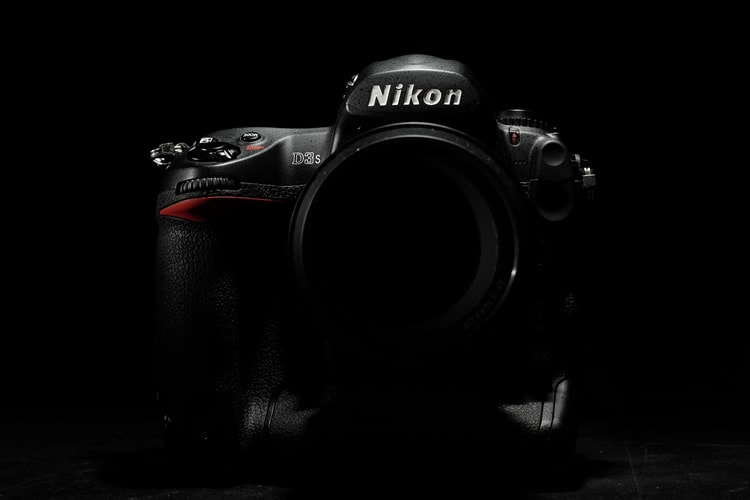
photo by Dustin GaffkeThere’s nothing quite like the day you get your first DSLR (or SLR) camera. Whether you opt to go with Nikon, Canon or Sony isn’t the issue – this is merely a matter of preference, rather than quality.
Each of these brands is equally adequate in its own right. A good rule of thumb is to start out with a less expensive camera body and a more expensive lens. This is because as your photography skills grow so will your need for a more advanced camera body, while camera lenses stay the same no matter what your skill level and can generally be swapped out from body to body, as long as the brand is the same, or compatible.
-
Lenses
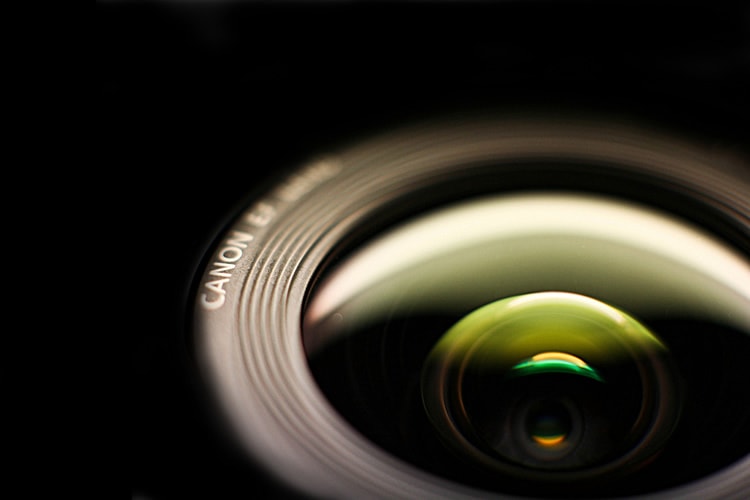
photo by Boqiang LiaoDepending on the photography niche you are interested in, your lens needs will vary as well. For close-up nature photography, a macro, or even a 100-400mm lens will most likely do the trick. For portrait photography, you may find that you require a good portrait lens.
But while it may be tempting to splash out on a range of focal lengths and lens types right from the start, it’s usually best to start out with the kit lens, and get to know its capabilities and potential. Then, branch out as needed as your skills improve, and you develop interests in new niches.
Hauling around a huge number of lenses ‘just in case’ will often impede your photography, causing your vision to be less focused and wasting time as you switch between lenses. Many professional photographers will tell you that the majority of their photographs are taken with one or two lenses. The rest are used on occasion, but aren’t generally their go-to lenses.
-
Spare Memory Cards / Extra Batteries
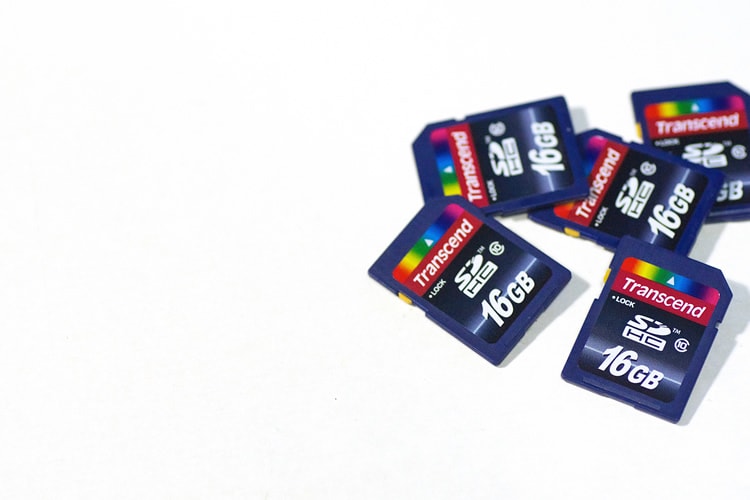
photo by Paul HudsonI will admit it isn’t as fun as a new lens. But extra memory cards, and backup batteries are important additions to any camera bag. There is nothing more frustrating than having a picture perfect opportunity only to discover that your memory card is full, or your battery is dead.
The good news is that memory cards and batteries are small and inexpensive, so carrying a spare won’t break the bank – or your back as you tote them around. And without question, they will come in handy.
-
A Camera Bag
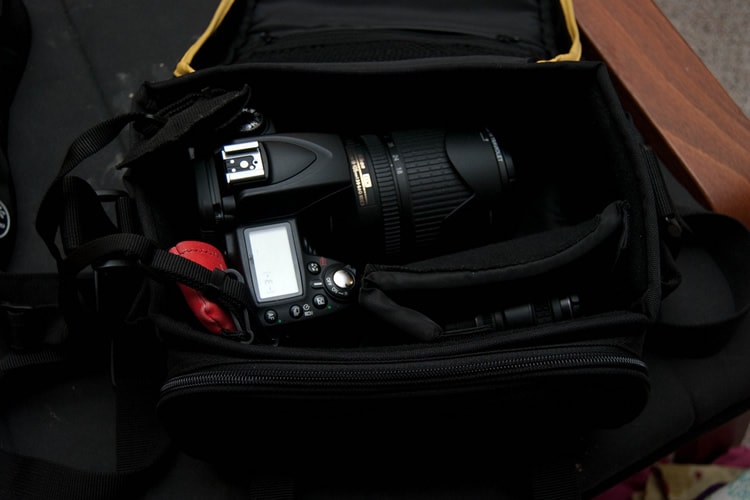
photo by James DevilleWhen it comes to selecting your camera bag, it doesn’t need to be fancy, and it doesn’t need to be expensive. It should however, be extremely practical.
The bag has the important job of keeping your camera safe, but that doesn’t mean you need the most expensive option. A lot of photographers admit purchasing an expensive bag that they thought would do the trick, only to later toss the bag in the closet, opting for the less expensive, but more practical bag. Consider something lightweight that will offer protection, and easy access to your camera and equipment.
-
External Flash
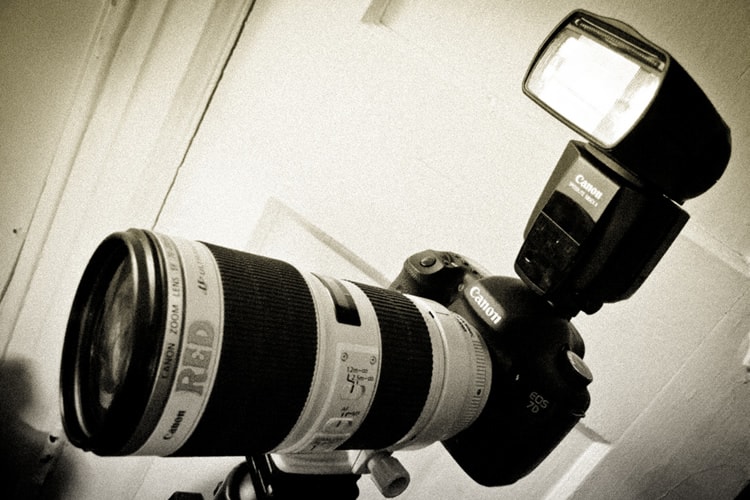
photo by Guian BolisayThis one depends entirely on the type of photography that you intend to do. But the truth is, that external flashes are important in a number of different scenarios – especially portrait or lifestyle photography. A high-quality external flash can help to fill in those dark shadows, and when diffused or bounced properly, can often make a real difference.
-
Tripod
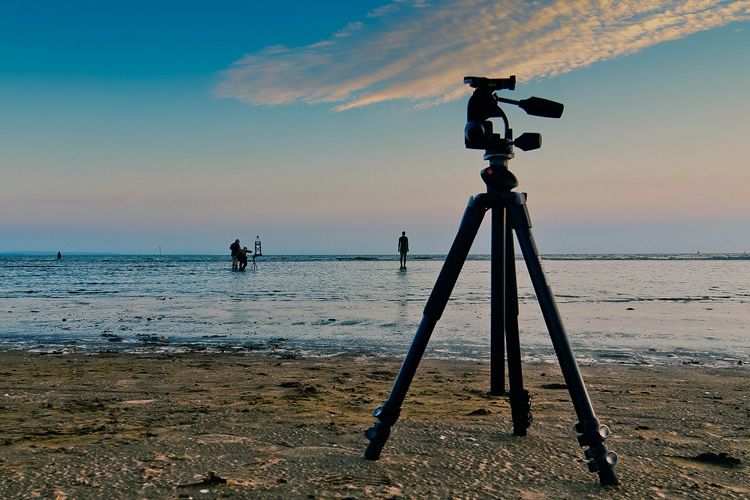
photo by Beverley GoodwinNo matter what niche of photography you intend to break into, a high-quality tripod will most likely become necessary.
Don’t be tempted by cheaper tripods, as they won’t be up to the challenge, and there’s a higher chance of a low-quality tripod collapsing, damaging your camera in the process, or even introducing blur in certain shooting conditions. When the time comes for a tripod, be sure to invest in a sturdy and high-quality option.
The problem isn’t new gear; it’s the mindset that you constantly need new equipment in order to keep up. While your needs will change as you branch out into new niches, and outgrow your old tools, it’s important to avoid falling into the mindset of believing that you need new gear in order to improve.
Assuming that the latest and greatest will make you a better photographer is a misconception that can cause your photography to suffer. In the end, it’s your creativity, and your skill at using the equipment that you have that will create an inspired photograph, not having the newest camera. The best gear is the gear you have on hand – plus a ton of creative vision, a desire to learn, and motivation to practice.
So grab the gear you need, and get out there and start shooting. Your photography will improve – regardless of whether or not you have the latest lens! Do you find yourself constantly in need of new gear? How do you control your purchasing habits? Please take a moment to share your thoughts via Twitter or Facebook.
